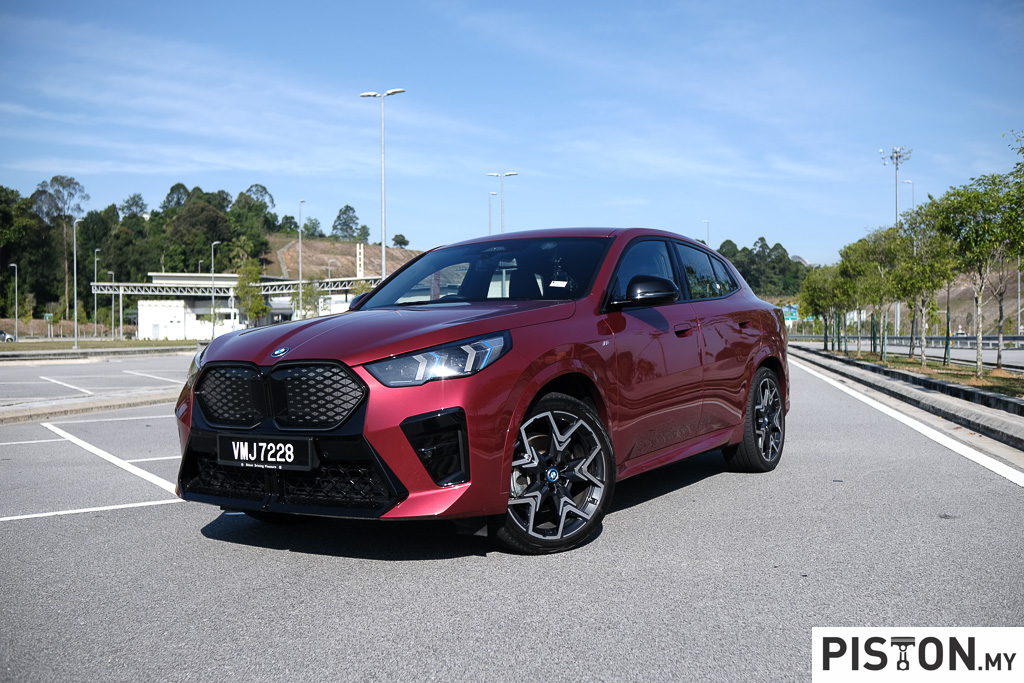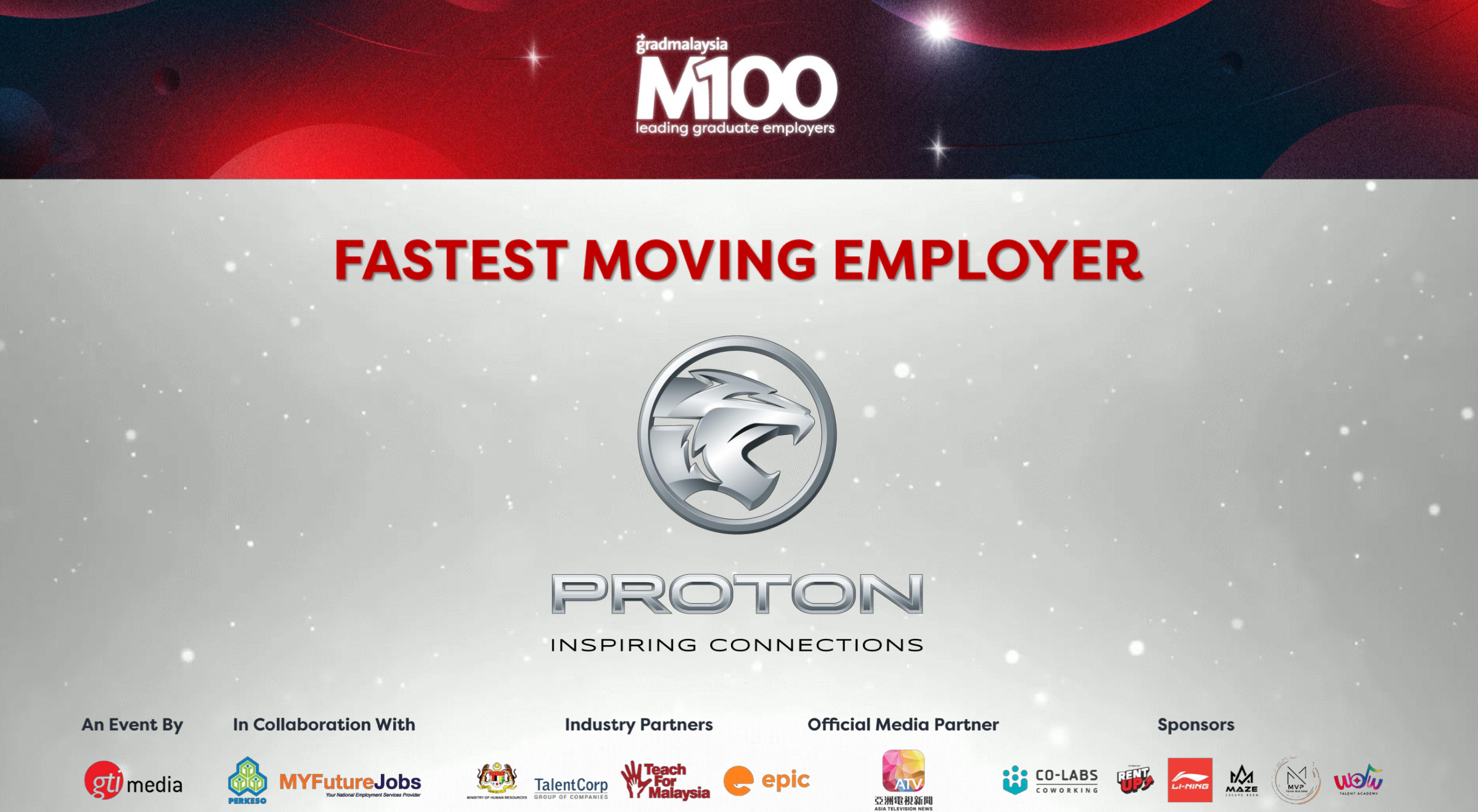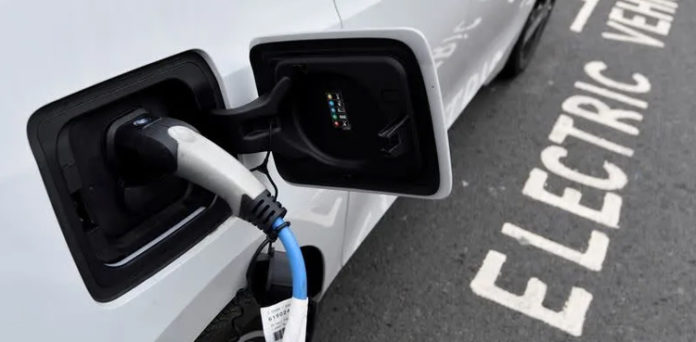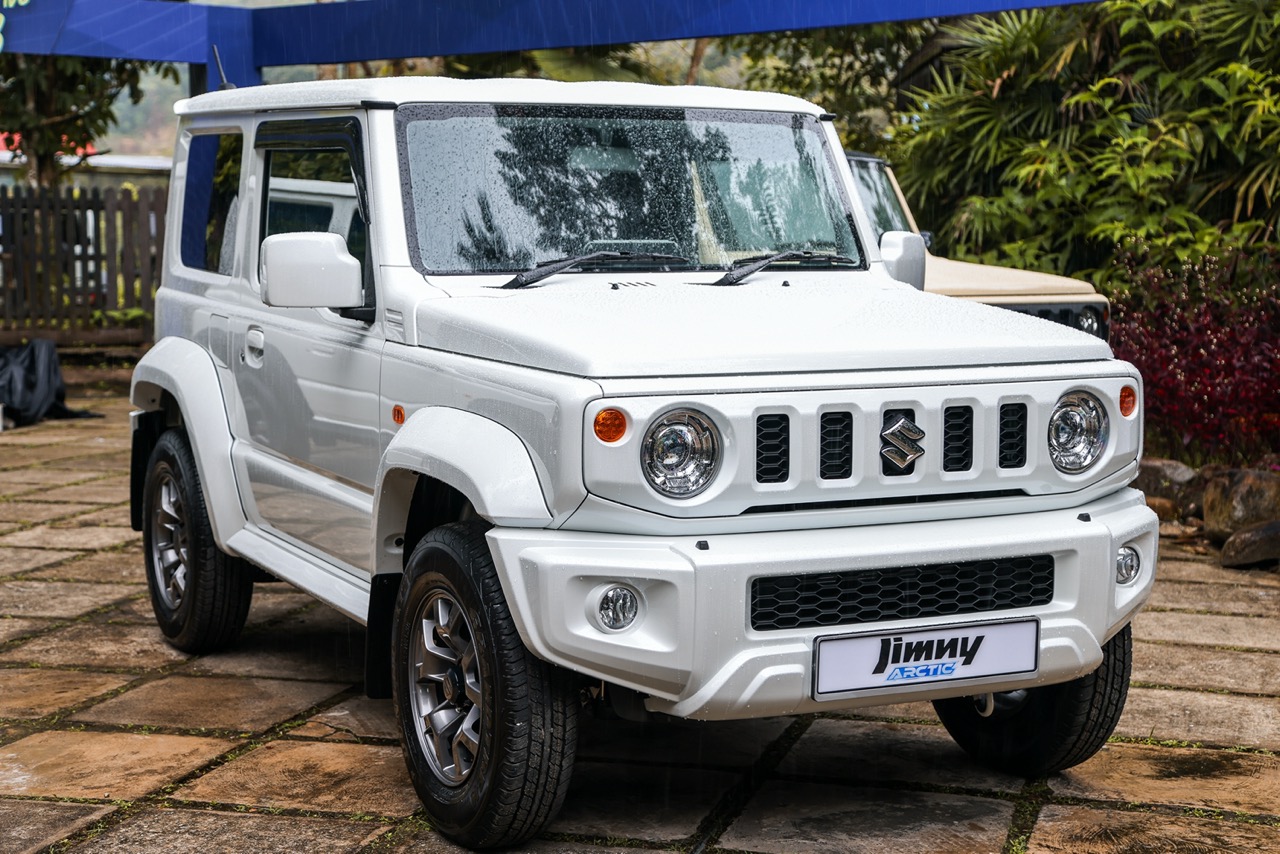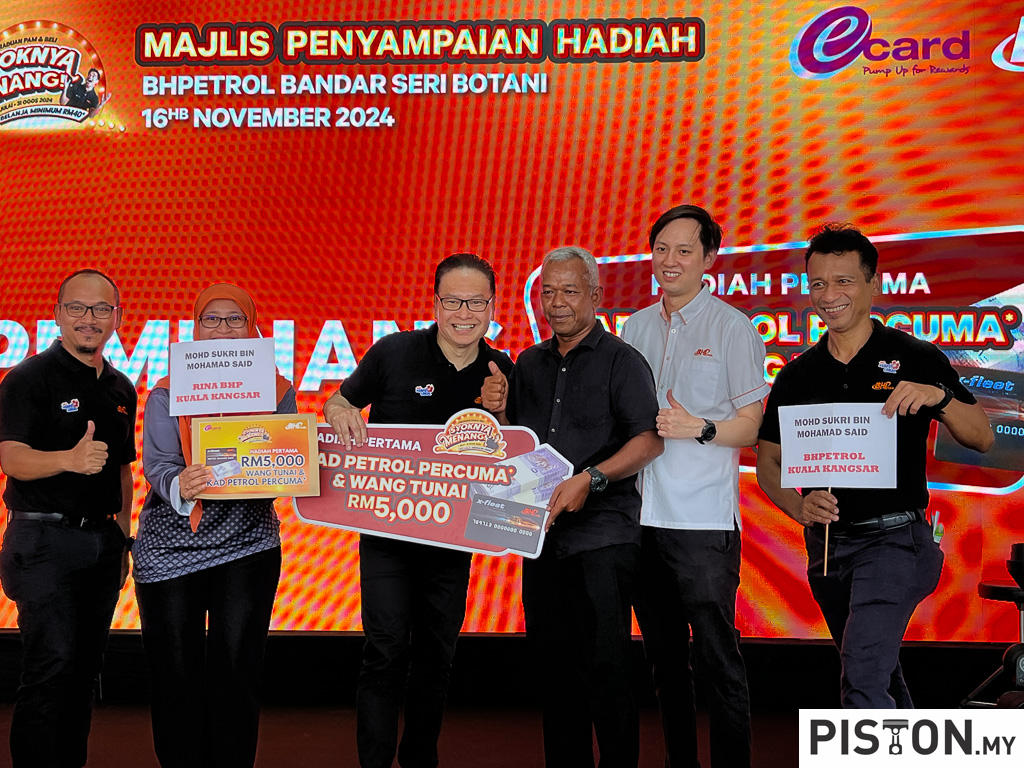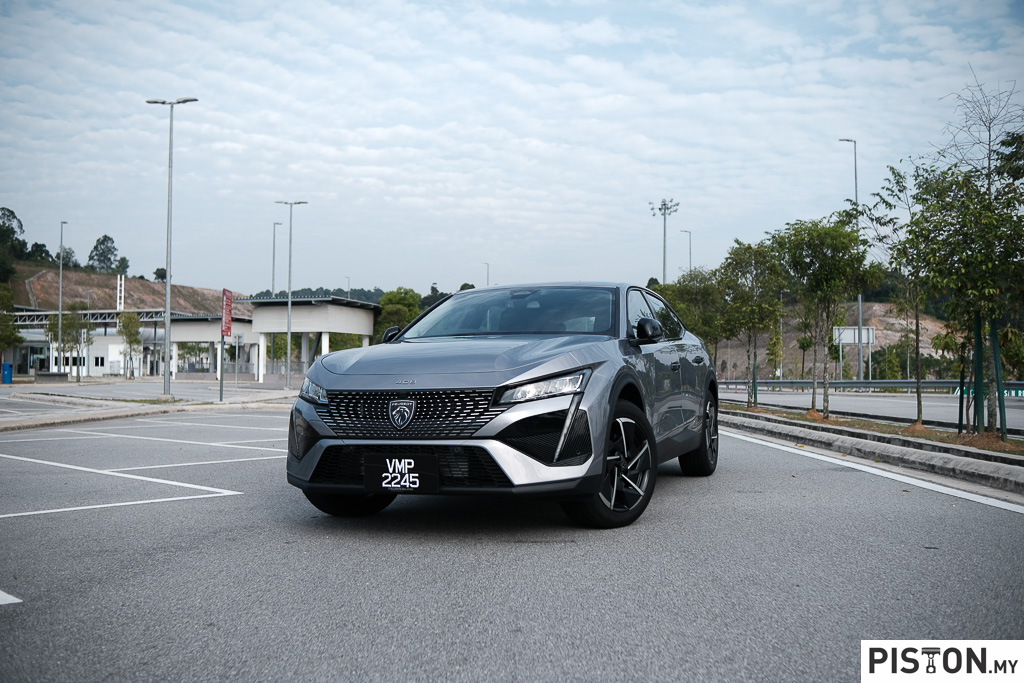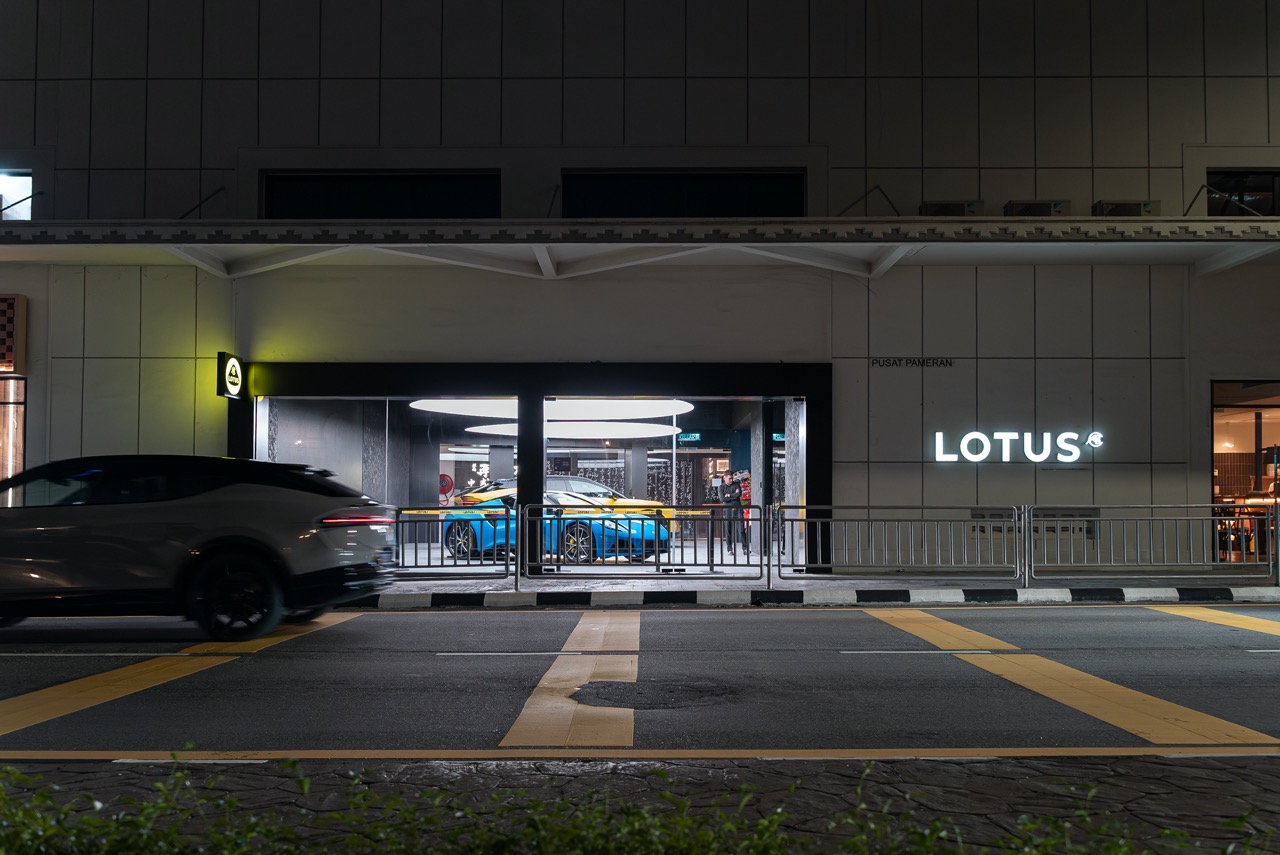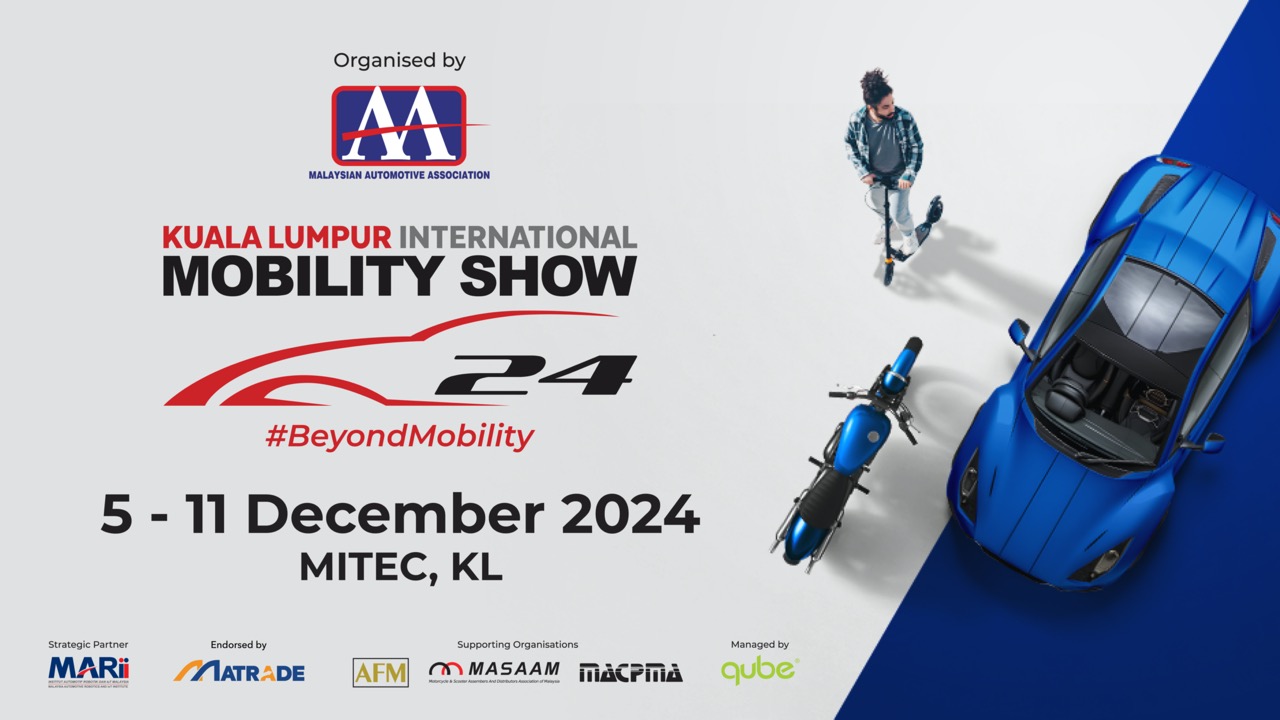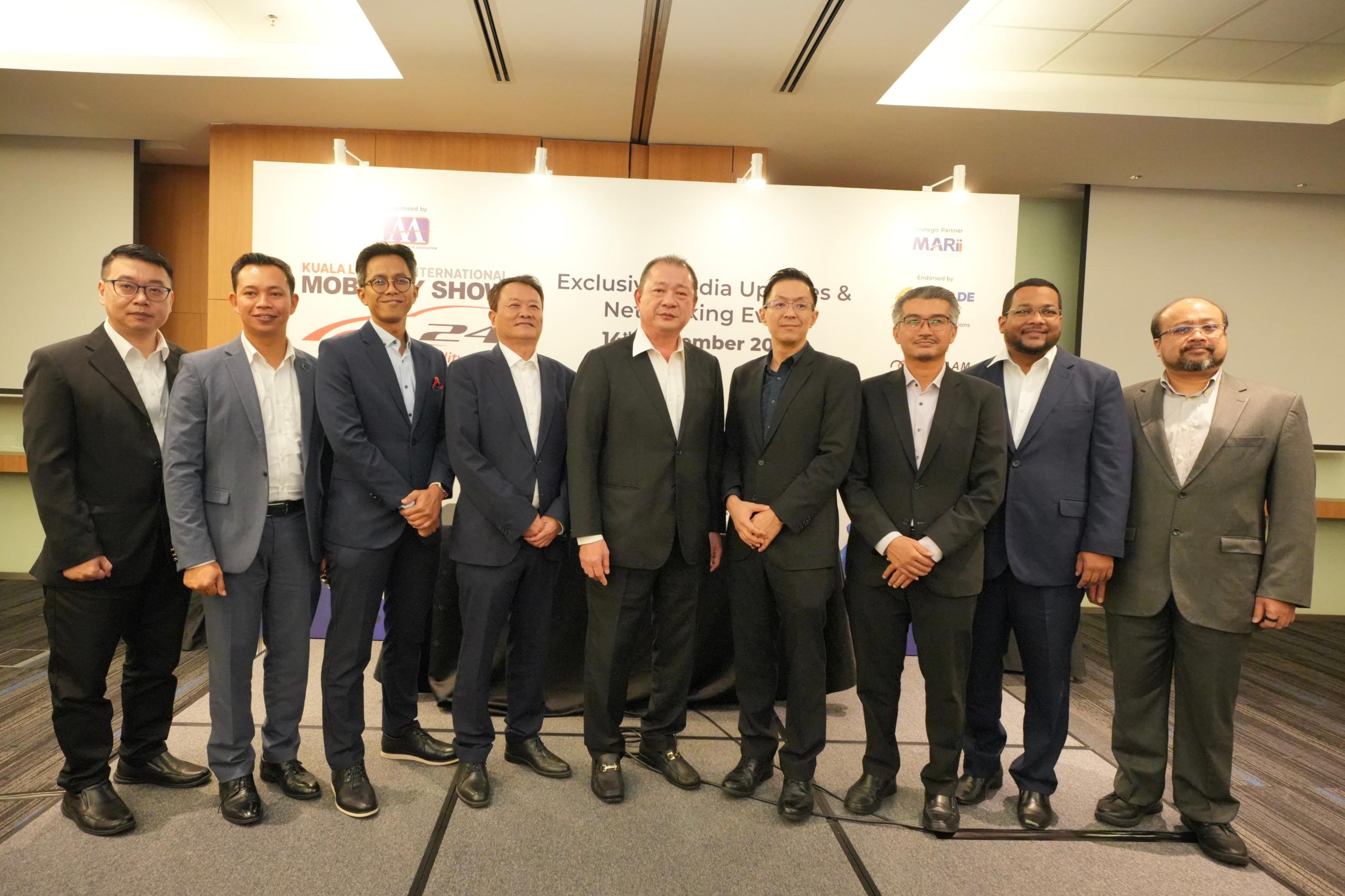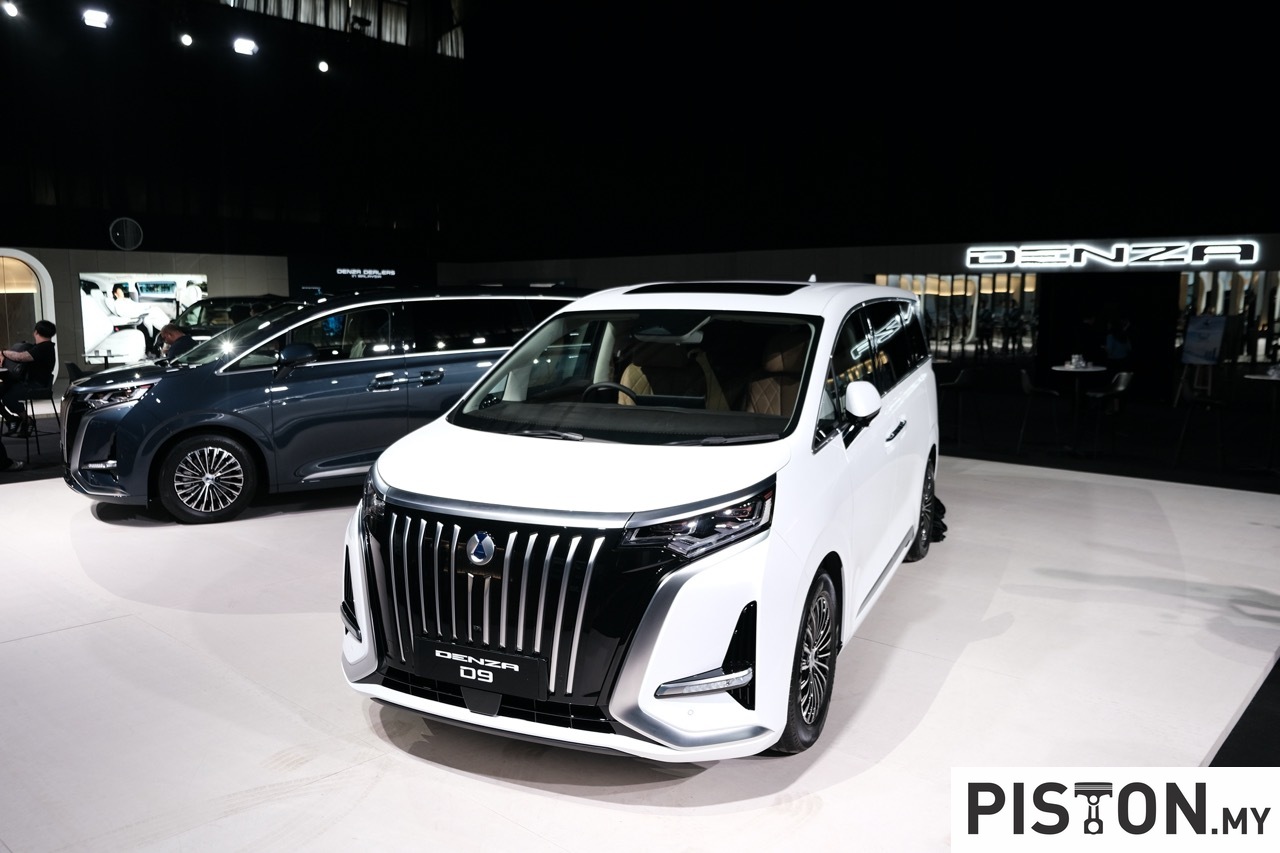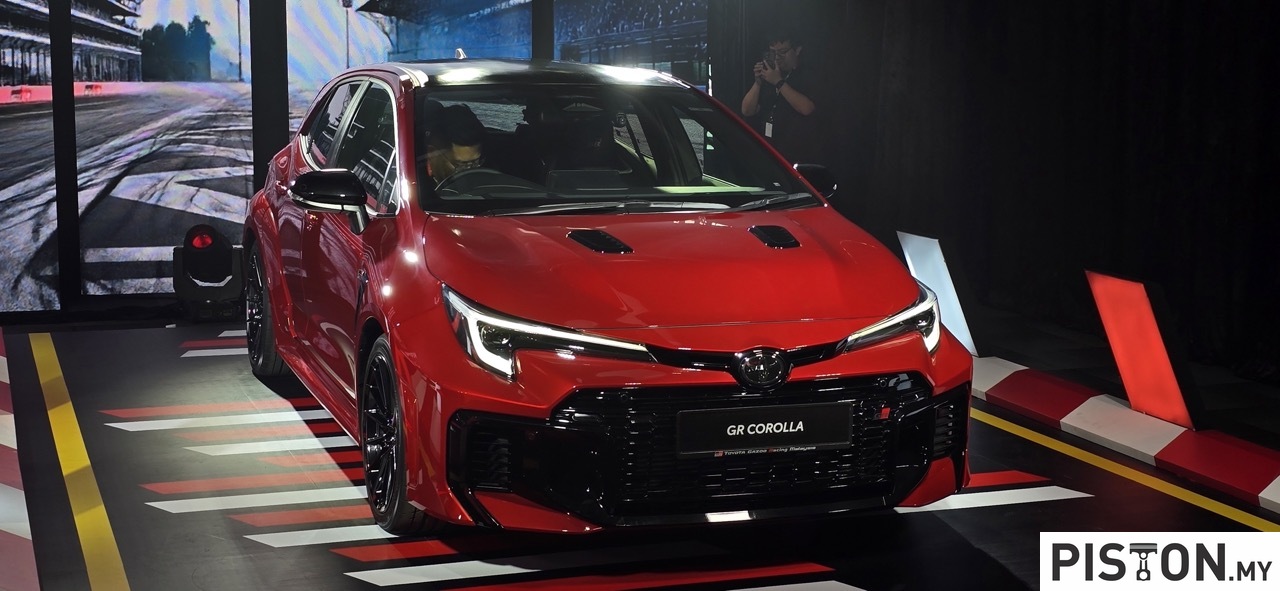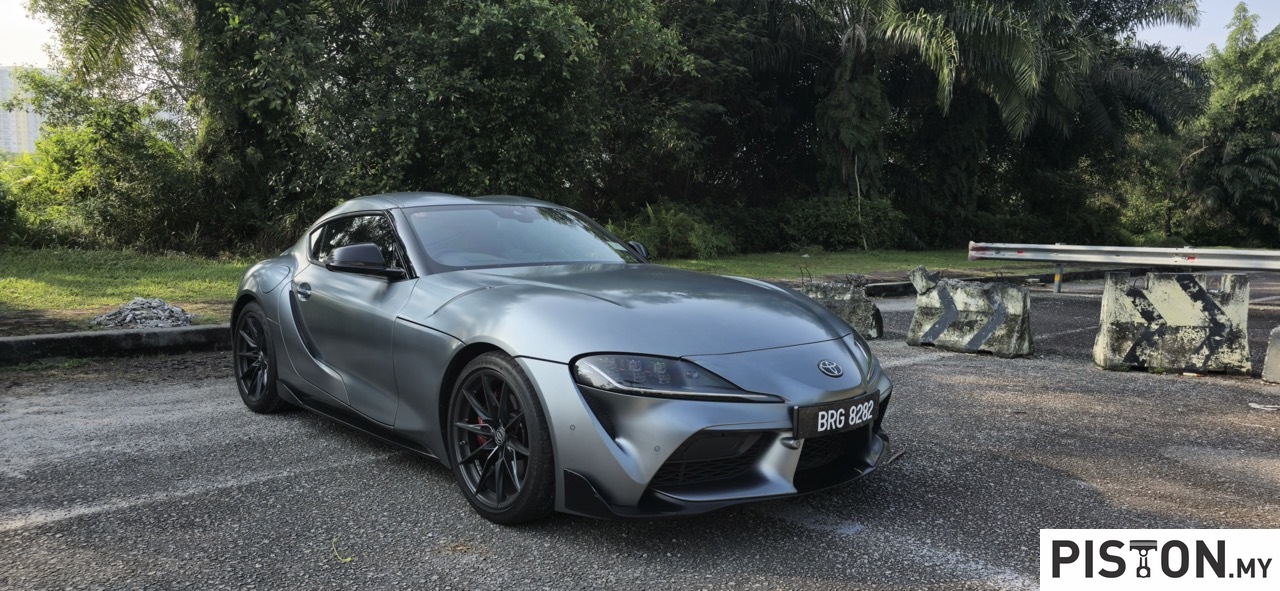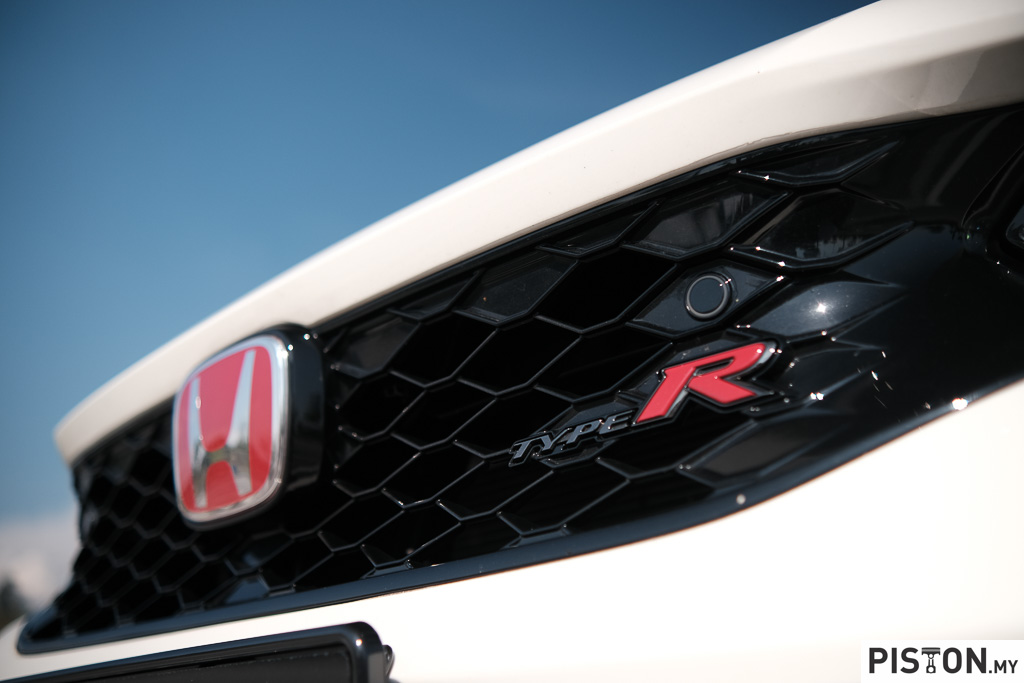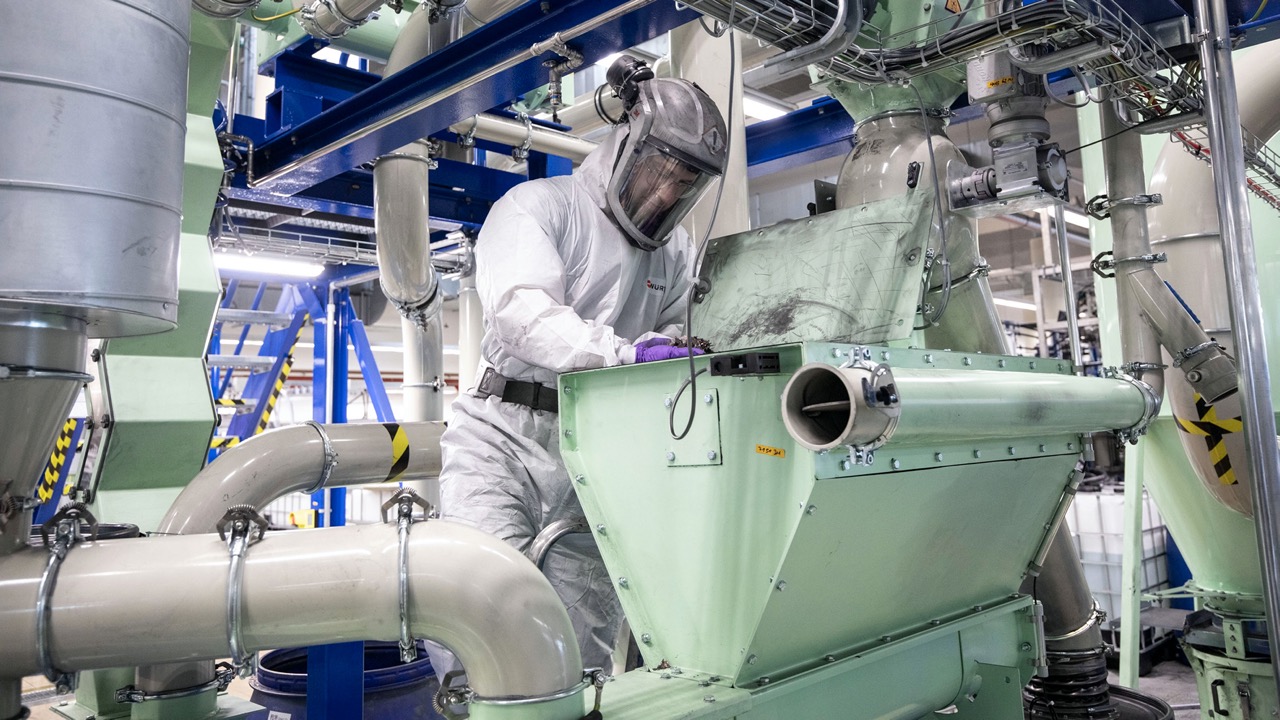PHS Automotive Malaysia, the official distributor of Audi vehicles in Malaysia, has unveiled a new recommended retail price for the Audi Q5 Sportback. Known for its sleek coupe-inspired design, top-tier features, and remarkable performance, the Q5 Sportback is now available at RM368,990.
At the core of the Audi Q5 Sportback is its powerful 2.0L TFSI engine, which produces an impressive 249PS and 370 Nm of torque. Paired with a responsive 7-speed S tronic transmission, the vehicle delivers seamless gear shifts and smooth acceleration, ensuring an exhilarating drive on both city roads and open highways. The renowned quattro all-wheel-drive system with ultra technology further enhances grip, stability, and performance, making the Q5 Sportback a versatile choice for any terrain or weather condition.
The Q5 Sportback’s advanced suspension setup—featuring multi-link systems on both front and rear axles—provides a harmonious blend of exceptional handling and ride comfort. Its bold S-line silhouette, complemented by a striking Singleframe Grille and LED headlamps with headlight washers, adds to the SUV’s timeless design, exuding confidence and elegance.





